Homelessness, PTSD and paltry pay: The crisis in wildland firefighting
Many of the 19,000 wildland firefighters employed by the US government earn less than a liveable wage, while risking their lives to protect other people’s homes. Louise Boyle reports

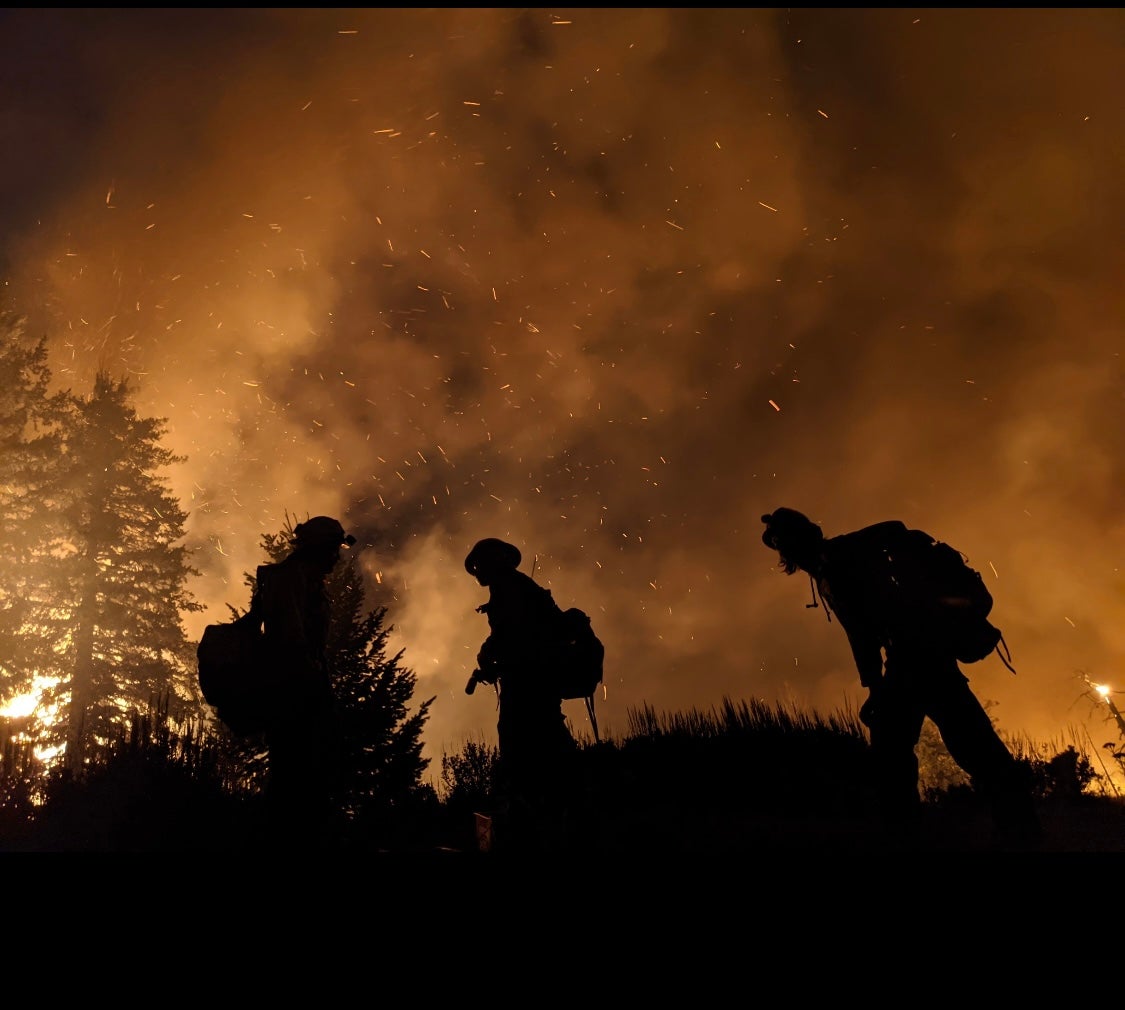
Your support helps us to tell the story
From reproductive rights to climate change to Big Tech, The Independent is on the ground when the story is developing. Whether it's investigating the financials of Elon Musk's pro-Trump PAC or producing our latest documentary, 'The A Word', which shines a light on the American women fighting for reproductive rights, we know how important it is to parse out the facts from the messaging.
At such a critical moment in US history, we need reporters on the ground. Your donation allows us to keep sending journalists to speak to both sides of the story.
The Independent is trusted by Americans across the entire political spectrum. And unlike many other quality news outlets, we choose not to lock Americans out of our reporting and analysis with paywalls. We believe quality journalism should be available to everyone, paid for by those who can afford it.
Your support makes all the difference.For federal wildland firefighters, homelessness has been, at times, just another hazard of the job.
Pete Dutchick, a firefighter for two decades, recalled being part of a crew in Colorado back in 2006 when the entire team was without stable living situations.
“There were eight people in an apartment and a group of folks car-camping at a church, trying to make it work,” he told The Independent.
There are roughly 19,000 firefighters employed by the US government — many of whom earn far less than a liveable wage despite working in deadly conditions.
Next month would have been the start of the former May-October peak fire season, but large, unpredictable blazes now erupt year-round.
Federal firefighters have the unique mandate of responding to fires anywhere in the country. The workforce has specialized crews who parachute into remote fires (the smokejumpers); tackle the most problematic areas of fires (hotshots), and rappel into blazes from hovering helicopters (helitack).
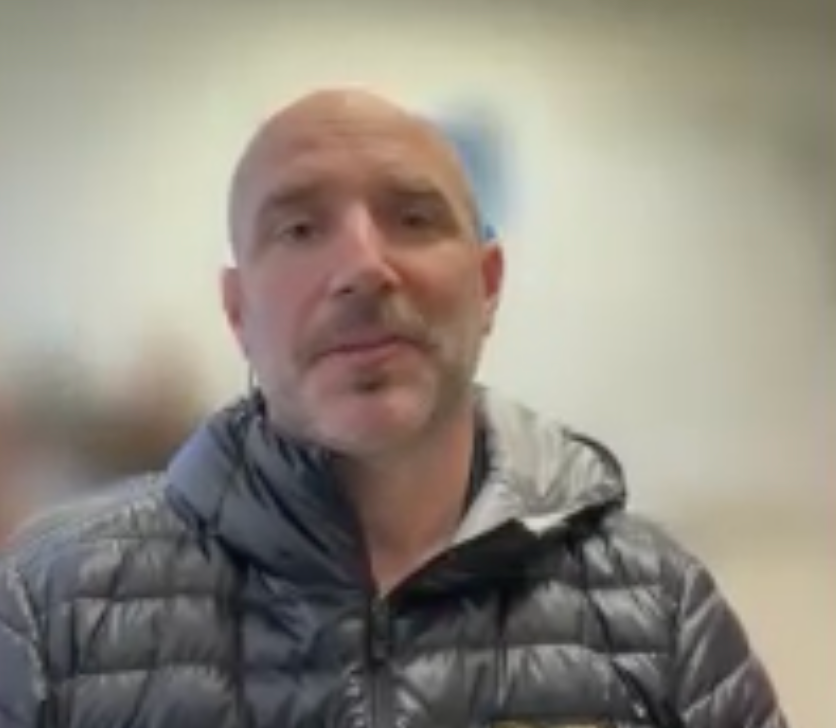
And for years they have been underpaid, underrecognized and under-resourced compared to municipal and state colleagues who can be paid up to double for the same work.
The climate crisis is also shifting the equation in an already dangerous job. In February, Texas had its largest wildfire in state history and 10 new large fires were reported last week across the US.
Luke Mayfield, a firefighter with the US forest service for 18 years, first noticed the shift in 2015. “It seemed like every other operational shift, I walked off the line saying, ‘Wow, I’ve never seen that before,’” he told The Independent. “It was like, well maybe we have no idea what we’re looking at anymore.”
Many federal firefighters were battling these monster blazes for $13 an hour, less than a fast-food worker wage, until in 2022 when the Biden administration allocated $600m from the Bipartisan Infrastructure Law to increase entry pay to $15 p/h. In comparison, a McDonald’s worker in California earns $20 an hour as of Monday.
But even 2022 funding for the $15 rate was only ever supposed to be a “bridge” while lawmakers came up with long term reforms. Despite a bill that has strong bipartisan support, a bitterly-divided Congress has so far failed to pass it.
This is a group of people who truly love what they do. It’s not just a job, it becomes so much a part of your life.
Low wages have made recruiting adequate numbers of firefighters more difficult at a time when the country faces an “ongoing wildfire crisis”, officials warn. What’s more, the sector is losing firefighters with decades of experience from key middle management roles - the “glue” that holds everything together, as Mayfield put it.
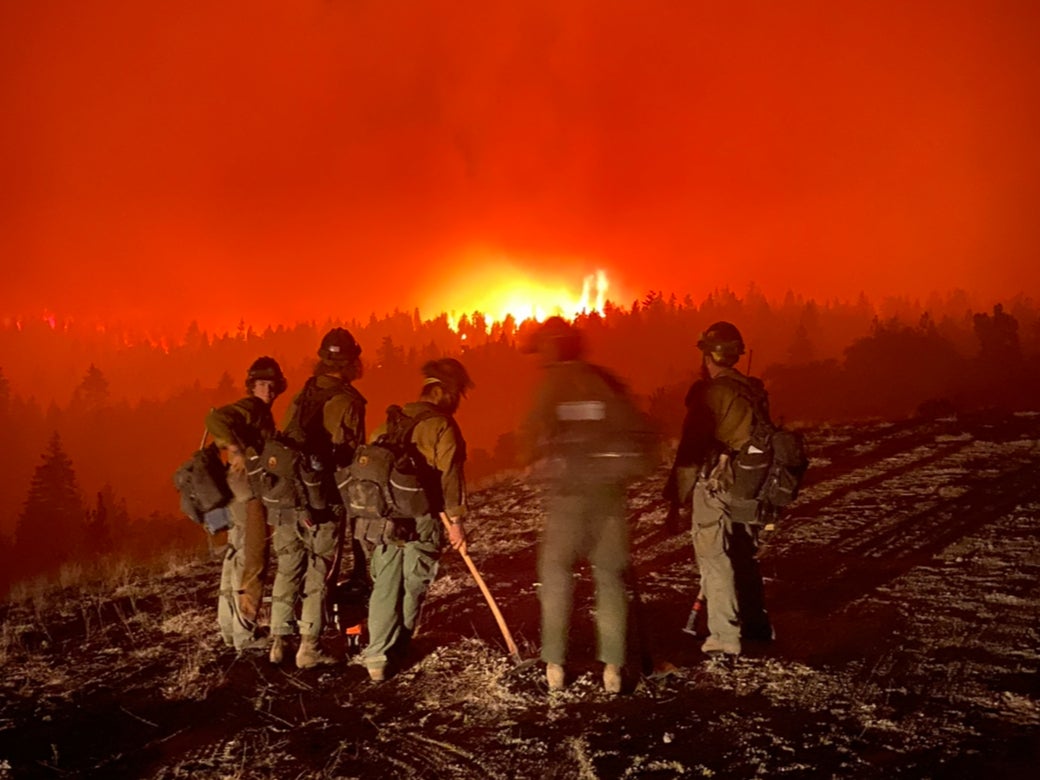
“People who are leaving for financial reasons are doing it under duress… it is a gut-wrenching decision for them,” said Riva Duncan, vice president of Grassroots Wildland Firefighters. The current and former firefighters who spoke to The Independent for this article belong to the nonprofit which advocates for better conditions in the profession.
“This is a group of people who truly love what they do. It’s not just a job, it becomes so much a part of your life. It is a brotherhood, a sisterhood,” Duncan added.
‘A lot of lives lost’
Ben McLane, 29, leads a federal firefighting crew in the Pacific northwest. Originally from rural Oregon, he was drawn to the profession, like thousands of others, by a love of the outdoors, sense of adventure, and calling to public service.
“I saw the value of human connection to nature, and the way that [firefighters] supported small towns, bringing people together even when things got divisive,” he told The Independent.
But he has faced harrowing experiences. McLane was part of a hotshot crew in northern California during November 2018 when thousands of firefighters battled Camp Fire, the deadliest blaze in California history. The fire killed 85 people and destroyed the small town of Paradise.
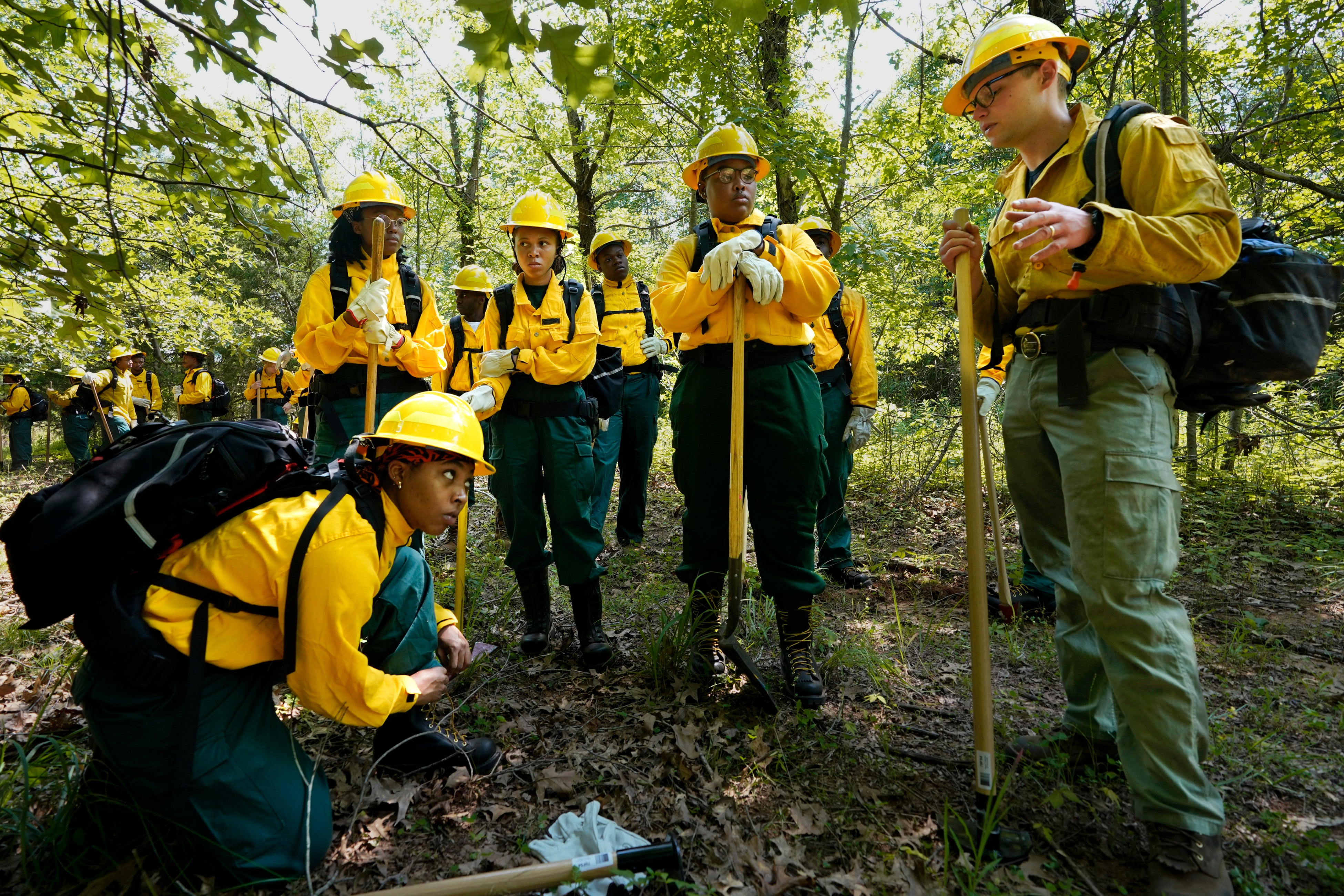
“You know when you’re involved in a natural disaster,” McLane said. "We were trying to get folks out and not impede evacuations. It was so dark, and the wind was just indescribable. The term ‘area ignition’ is rarely used, because it’s only been documented a few times, but essentially entire areas ignite all at the same time. [Camp Fire] was the only time I’ve ever seen that.”
Not enough firefighters were available that day. At the time, most seasonal crew had been let go and large numbers were already deployed to fight two other large fires that had broken out further south.
McLane recalled how his crew worked 30 hours straight — and witnessed tremendous horror. “The fire burned Paradise but also all of these small, rural communities around it,” he said. “I have some memories that I don’t need to go into of that experience but there were a lot of lives lost.”
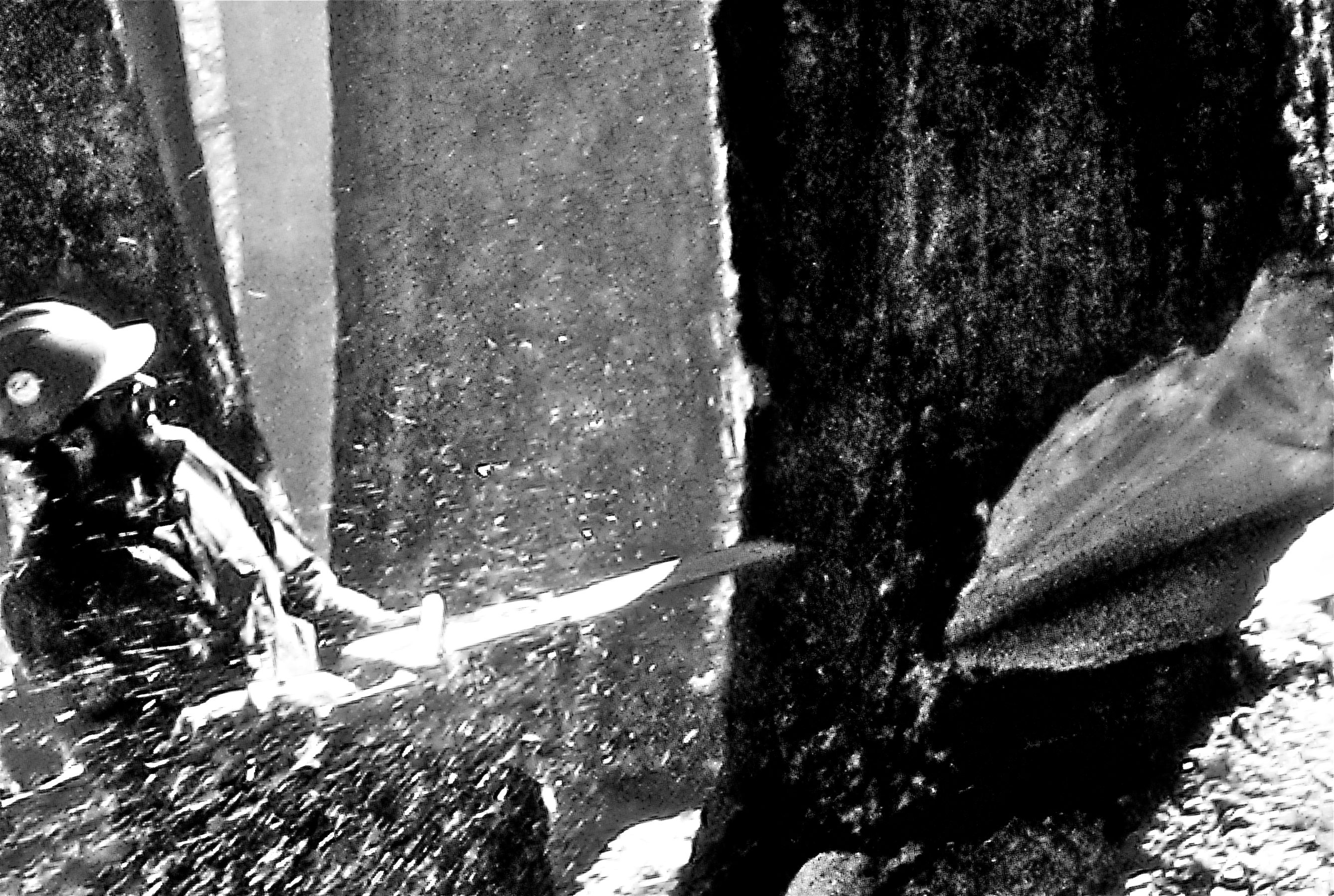
This story is part of ‘Global Warning’, a new series from The Independent, telling the stories of people on the front lines of the climate crisis across the US
Even when fatalities are avoided, the job isn’t for the faint-hearted. A typical assignment is two straight weeks of 16-hour shifts, clocking in at 6am and off at 10pm, with no days off. Crews can be “spiked out” - sleeping under tarp - near the fire. Other times, they are in hastily-erected camps.
“You’re sleeping on the ground where a lot of smoke sinks down,” said Dutchick, 44, who left his hometown of Newtown, Connecticut to start as a firefighter out west in 2003. “It’s not uncommon for people to get sick with ‘camp crud’ - coughing, respiratory issues, waking up groggy.”
But while the public is likely familiar with the incredible physical demands of the job, the firefighters explained that there is also an immense mental and emotional toll. Constantly, fire crews must keep track of all their team, monitor rapidly evolving threats, and operate millions of dollars of equipment.
“As you move up the leadership chain, you could be responsible for entire portions of the fire, or the whole fire,” Dutchick said.
What compounds this stress is uncertainties outside of the job. Wildland firefighters often struggle to afford accommodation where they are based, particularly in western states, and may be away from their families for months at a time.
Unless you have financial privilege baked into your life, you can’t take this job.
Dutchick recalled working as a firefighter in the Tahoe area in 2003 when an apartment cost $450 a month.
“Now, you’re looking at two grand, easy,” he said. “How is a younger person coming into this job able to live and work in an area like that? The answer is, they’re not.”
It’s not unheard of for military veterans who join the profession to live this way. “Not only have they served their country in Iraq and Afghanistan but they’re continuing to serve their country. And here they are, living out of cars,” Dutchick said.
McLane said that some colleagues have quipped that this career is only sustainable with independent wealth, aka a “trust-fund firefighter”.

“Unless you have financial privilege baked into your life, you can’t take this job," he explained. “If you’re going to advance in life - buy a home, start a family - it’s just unrealistic to have a career in this line of work for the federal government.”
McLane worries about how long he can remain in the job he loves. “Because of demands on me throughout the fire season, being gone upwards of 100 days a year, we’ve chosen not to start a family. I can’t realistically picture that with me still doing this job,” he said.
‘Work hard, play hard’
Dutchick left active operations in 2020 and now does workforce training for the US Forest Service, including on mental health issues.
“I truly loved my job, the sense of duty and camaraderie, but in order to appreciate that I had to be away from my wife and daughter,” Dutchick said. “Frankly, it came to a point where it was unbearable for me. I knew that I had to move out of operations and be around more for my family. It’s hard to find any sense of normalcy when you’re gone that much.”
Mayfield left wildland firefighting in 2019 after spending longer and longer periods away from his family as he chased overtime to boost his pay packet.
“You need as much work as possible in order to make life work,” he said. “The job and the year-round requirements started to have a detrimental effect on me.”
Mayfield, from Idaho, had worked for the forest service since high school, continuing when he went to college to train as an elementary school teacher. But he never entered the classroom. “I tried my hand at teaching and honestly being a hotshot was easier,” he joked.
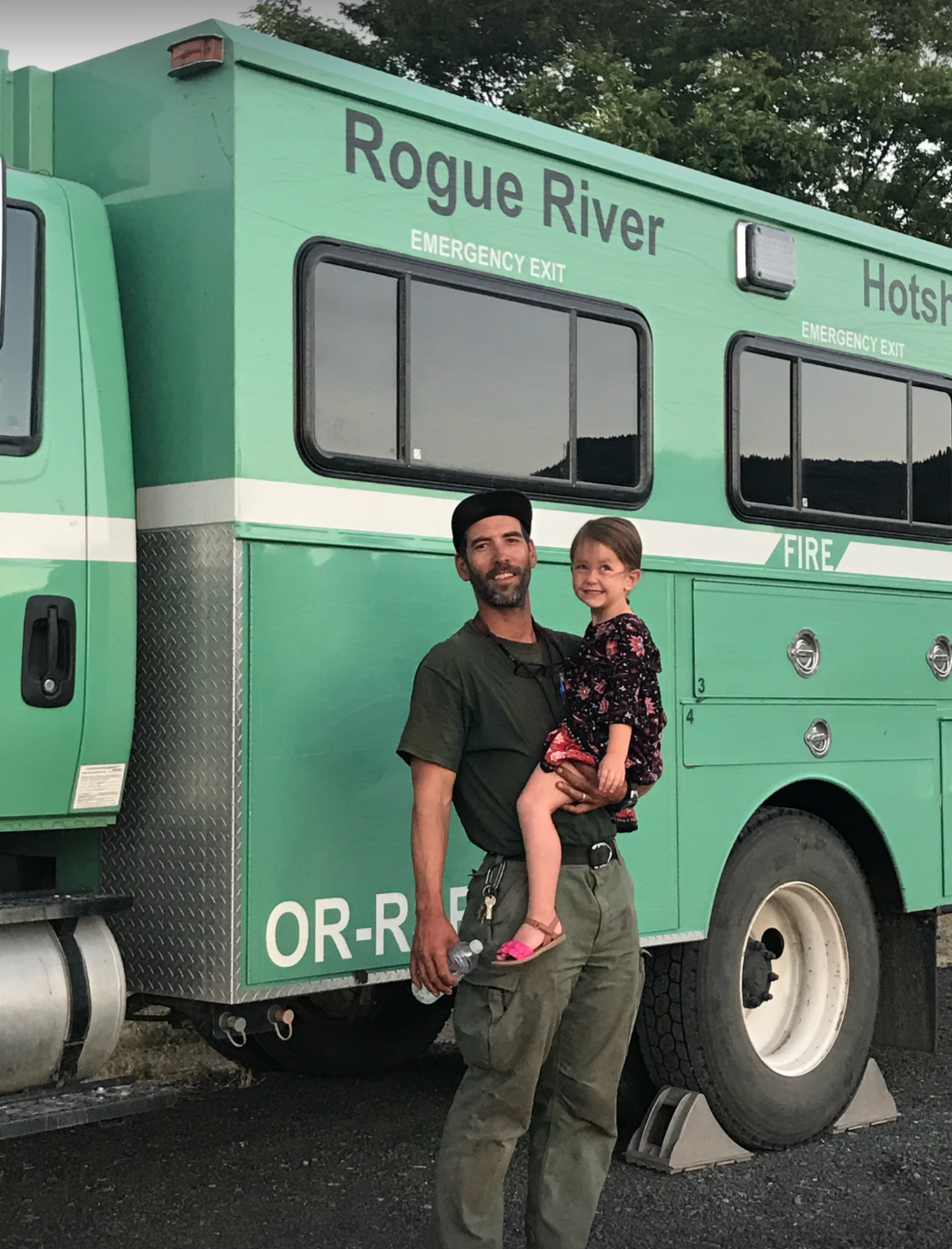
In his twenties, he adopted a “work hard, play hard” mentality, he said, using winter breaks from firefighting to snowboard on the best mountains around the world. But that lifestyle became less sustainable with a family, mortgage and car payments.
“In my last year, I was a hotshot superintendent responsible for the management of 24 folks,” Mayfield said. “Then you might have 100 to 1,000 people taking directions from you during a fire. After 18 years, I was making $23 and some odd cents an hour.”
In six months, he worked 1,450 hours overtime, and began experiencing seasonal depression and suicidal ideation. “A fairly regular conversation internally was ‘I wonder if my family might be better off with a life-insurance check than continuing to try to make this s*** work,’” he said. Mayfield now works for a company that makes firefighting gear in Bozeman, Montana, and is the co-founder and current president of Grassroots.
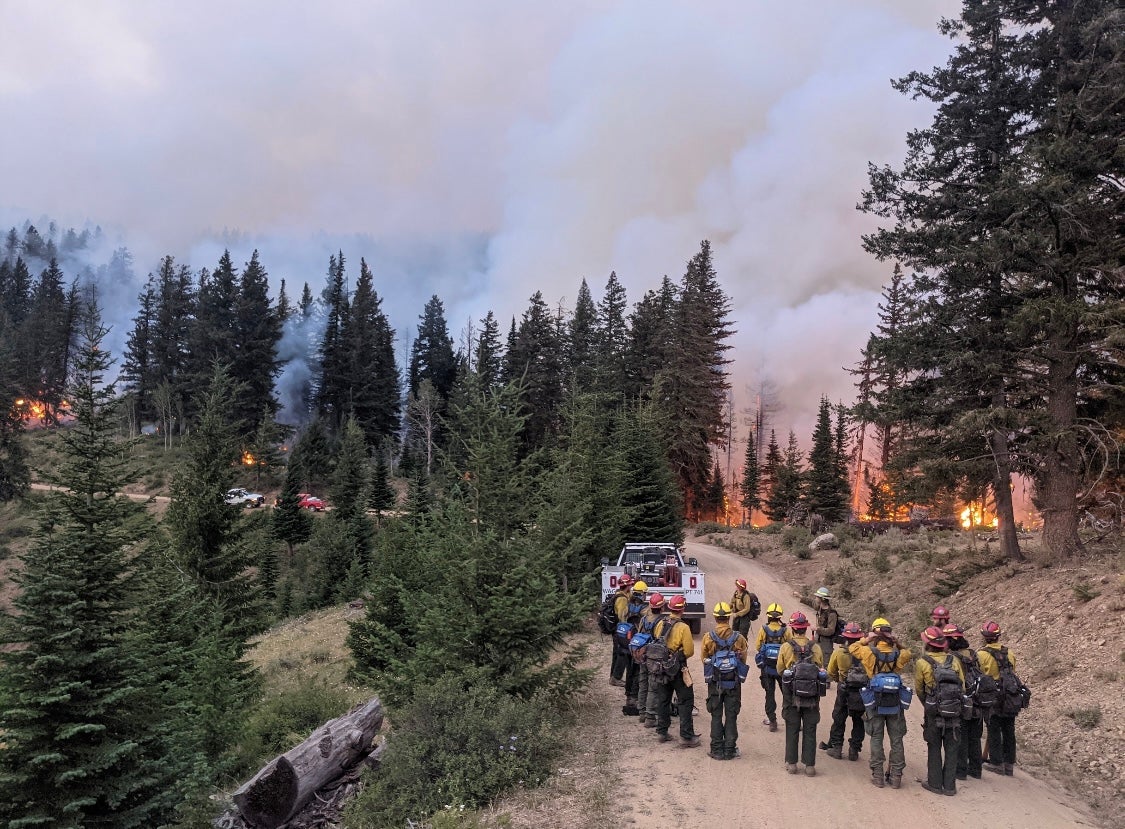
Wildland firefighters die by suicide at 30 times the rate of the general US population, according to a 2017 study.
Separate research by Dr Patricia O’Brien, a psychologist and former hotshot, found that they have significantly increased rates of probable depression, anxiety disorder and PTSD while divorce rates are also higher. Suicidal ideation, binge drinking, heavy alcohol use, and smokeless tobacco use occurred between two to ten times more than among the general public.
Dutchick has lost three firefighter friends to suicide in five years.
“When you are operating in an extremely dangerous environment every day, it’s common to be in this hyper-vigilant state. That takes a lot out of you over time,” he said.
He explained how this extreme state of alert might play out. While he might be enjoying the scenery during a camping trip with his wife and daughter, he would also be mentally planning for the worst-case scenario, surveying the landscape for the best place to land a helicopter.
‘No one is asking to get rich’
In recent years, more work has been done to address the mental health issues plaguing firefighters. The US infrastructure law established a program to address these needs, including post-traumatic stress disorder. Peer support networks and “buddy checks” during quiet periods are now more common, the firefighters say.
But there’s still a long way to go to improve overall health outcomes. In 2022, the International Agency for Research on Cancer classified firefighting as an occupation with high risk of the disease.
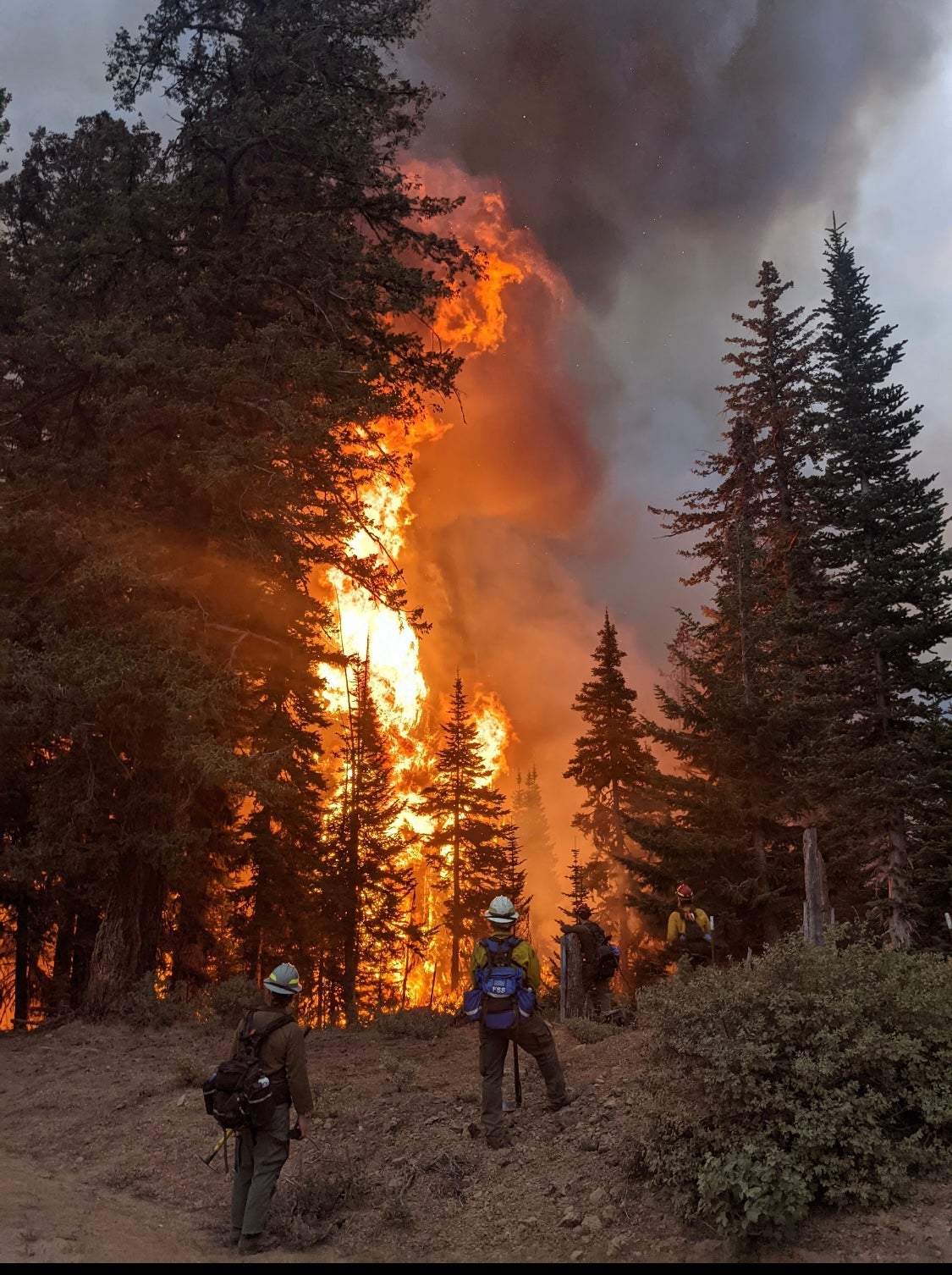
While some state and municipal fire agencies have had presumptive cancer and cardiovascular health coverage for years, the Department of Labor only recognized the connection between cancers, including lung, testicular and thyroid, and federal firefighters in 2022. Female-specific cancers were not included on that list — although firefighters believe they should be.
“I certainly have known female firefighters that have died from ovarian or reproductive cancers,” Dutchick said. “We want to make sure that everybody is getting equal coverage and being taken care of.”
While the spotlight is now on the issues, federal firefighters continue to leave en masse. Up to half of firefighters in the forest service could leave, their union has warned. Last May, 42 firefighters working on the San Bernardino National Forest resigned in 48 hours, NBC reported.
“You cannot fault anybody for taking a job that compensates them adequately for the sacrifices that they and their family are making,” McLane said. “No one is asking to get rich as a federal firefighter, we’re just asking for enough to stay in this job.”
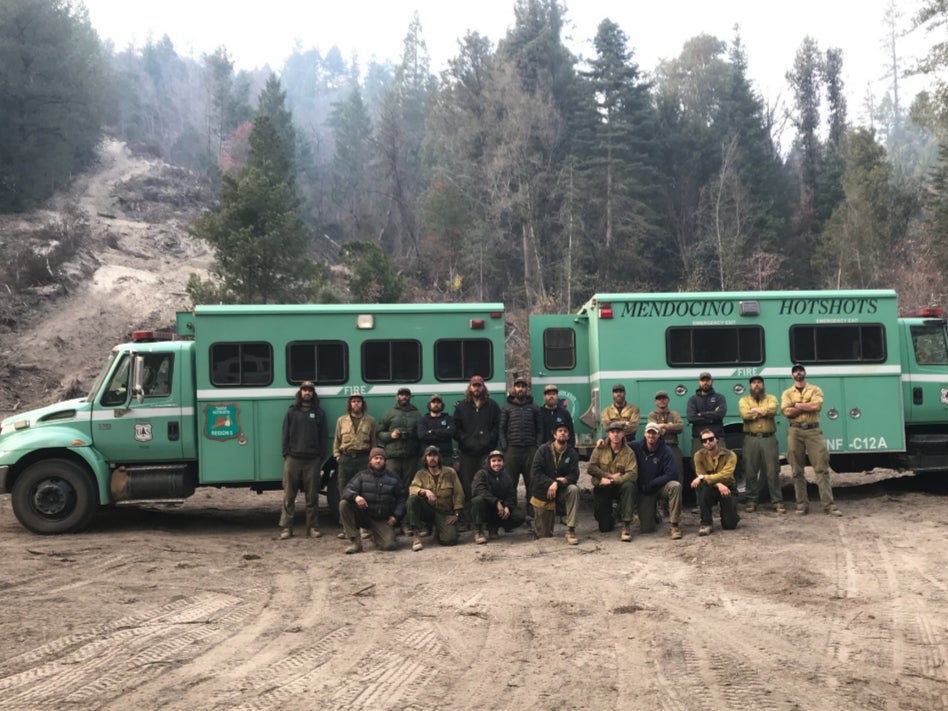
Dutchick said failing to address these issues eats away at how effective federal firefighting crews can be, leaving communities more at risk.
“We simply do not have the staffing to effectively combat these very intense wildfires,” he said. “So it’s really more about the duty to protect civilians, communities, and natural resources.
“Until we attach a reasonable value to the skill set that our workforce has, I think as a country, we’re just missing the mark.”
If you or someone you know is struggling or in crisis, help is available. Call or text 988 or chat at 988lifeline.org.
If you are based in the UK, and you or someone you know needs mental health assistance right now, you can speak to the Samaritans, in confidence, on 116 123 (UK and ROI), email jo@samaritans.org, or visit the Samaritans website to find details of your nearest branch.
If you are in another country, you can go to www.befrienders.org to find a helpline near you
Join our commenting forum
Join thought-provoking conversations, follow other Independent readers and see their replies
Comments